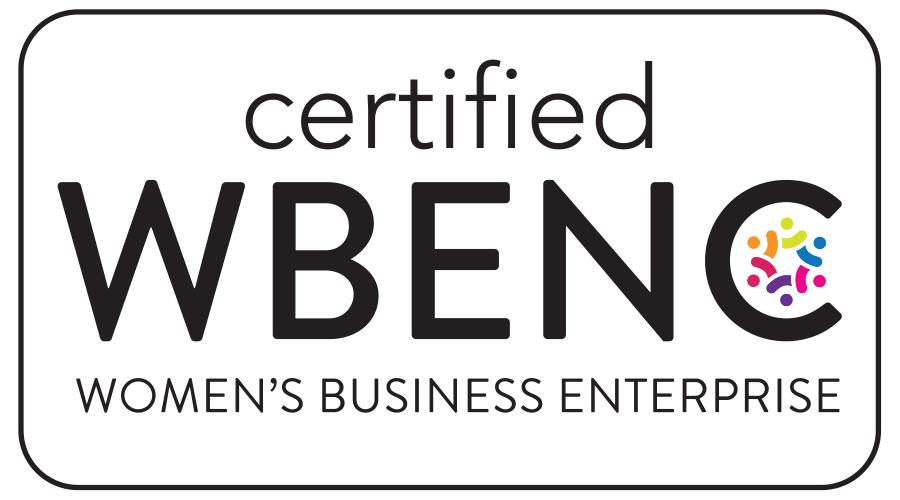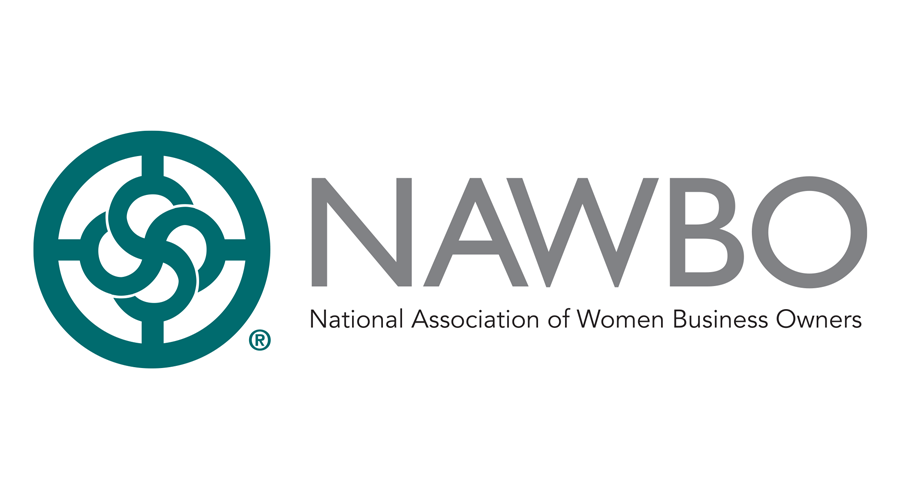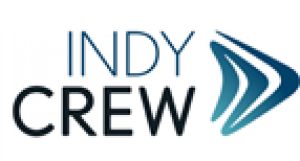Corporate Income – Texas
Nov. 1, 2021
Texas has adopted changes to its franchise tax credit rule for research and development activities. The changes include:
- Incorporating the four-part test for “qualified research” in IRC §41(d);
- Clarifying the application of federal regulations;
- Defining “qualified research expenses” as the sum of in-house research expenses and contract research expenses;
- Addressing the treatment of software development activities;
- Listing a number of activities that do not constitute qualified research;
- Declaring that a determination of eligibility for the federal credit is not binding on the determination of eligibility for the state credit;
- Requiring that taxpayers prove entitlement to the credit by clear and convincing evidence, with proof of qualified research expenses supported by contemporaneous business records;
- Providing some guidance for combined reporting groups that claim the credit; and
- Stating that the comptroller may verify credit carryforwards even if the statute of limitations for the year in which the credit was created has expired.
Four-Part Test
The four-part test applies separately to each of a taxable entity’s business components. It includes the following parts:
- Section 174 Test – Expenditures related to the research must be eligible to be treated as expenses under IRC §174;
- Discovering Technological Information Test – The research must be undertaken for the purpose of discovering information that is technological in nature;
- Business Component Test – The application of the technological information for which the research is undertaken must be intended to be useful in the development of a new or improved business component of the taxable entity; and
- Process of Experimentation Test – Substantially all of the research activities must constitute elements of a process of experimentation for a qualified purpose.
Shrink-back rule: The four-part test applies first at the level of the discrete business component used by the taxable entity. If the requirements of the test are not met at that level, then they apply at the next most significant subset of elements of the business component. This shrinking back of the product continues until either a subset of elements of the product that satisfies the requirements of the test is reached, or the most basic element of the product is reached, and that element fails to satisfy any part of the test.
Federal Regulations
For purposes of the state credit, references to the IRC generally mean the code in effect on December 31, 2011. But, a federal regulation adopted after that date will apply to the extent it requires an entity to apply the regulation to the 2011 federal income tax year.
Qualified Research Expenses
“Qualified research expenses” are the sum of in-house research expenses and contract research expenses.
In-house research expenses include:
- wages paid or incurred for qualified services performed by an employee;
- amounts paid or incurred for supplies used for qualified research; and
- amounts paid or incurred for the right to use computers for qualified research.
Contract research expenses are generally 65% of the amount paid by a taxable entity to another person, other than an employee, for qualified research.
Software Development Activities
Software development activities likely to be qualified research include:
- Developing the initial release of an application software product that includes new constructs;
- Developing system software;
- Developing specialized technologies; and
- Developing software as part of a hardware product where the software interacts directly with that hardware in order to make the hardware/software package function as a unit.
Software development activities unlikely to qualify include:
- Maintaining existing software applications or products;
- Configuring purchased software applications;
- Reverse engineering of existing applications;
- Performing studies, or similar activities, to select vendor products;
- Detecting flaws and bugs directed toward the verification and validation that the software was programmed as intended and works correctly;
- Modifying an existing software business component to make use of new or existing standards or devices, or to be compliant with another vendor’s product or platform;
- Developing a business component that is substantially similar in technology, functionality, and features to the capabilities already in existence at other companies;
- Upgrading to newer versions of hardware or software or installing vendor-fix releases;
- Re-hosting or porting an application to a new hardware or software platform, or rewriting an existing application in a new language;
- Writing hardware device drivers to support new hardware;
- Performing data quality, data cleansing, and data consistency activities;
- Bundling existing individual software products into product suites;
- Expanding product lines by purchasing other products;
- Developing interfaces between different software applications;
- Developing vendor product extensions;
- Designing graphic user interfaces;
- Developing functional enhancements to existing software applications or products;
- Developing software as an embedded application;
- Developing software utility programs;
- Changing from a product based on one technology to a product based on a different or newer technology; and
- Adapting and commercializing technology developed by a consortium or open software group.
Excluded Research Activities
“Qualified research” does not include the following activities:
- Research after commercial production;
- Adaptation of existing business components;
- Duplication of an existing business component;
- Certain surveys and studies;
- Research activities with respect to internal use software;
- Research in the social sciences, arts, or humanities; and
- Research funded by another person or governmental entity.
34 TAC 3.599, Texas Comptroller of Public Accounts, effective October 24, 2021
Need more information to understand if your business qualifies? Reach out to Ashmore Consulting today.
The information contained herein is general in nature and is not intended, and should not be construed, as legal, accounting or tax advice or opinion provided by Ashmore Consulting LLC to the reader. The reader also is cautioned that this material may not be applicable to, or suitable for, the reader’s specific circumstances or needs, and may require consideration of non-tax and other tax factors if any action is to be contemplated. The reader should contact Ashmore Consulting LLC or other tax professional prior to taking any action based upon this information. Ashmore Consulting LLC assumes no obligation to inform the reader of any changes in tax laws or other factors that could affect the information contained herein.

 Ashmore Consulting is proud to join Pledge 1%, a global movement creating new normal where companies of all sizes integrate giving back into their culture and values. Pledge 1% empowers companies to donate 1% of product, 1% of equity, 1% of profit or 1% of employee time to causes of their choice. Over 1,500 companies in 40 countries have taken the Pledge and committed to give to communities around the world. Ashmore Consulting is excited to join Pledge 1%’s network of founders, entrepreneurs and companies around the globe that have committed to giving back.
Ashmore Consulting is proud to join Pledge 1%, a global movement creating new normal where companies of all sizes integrate giving back into their culture and values. Pledge 1% empowers companies to donate 1% of product, 1% of equity, 1% of profit or 1% of employee time to causes of their choice. Over 1,500 companies in 40 countries have taken the Pledge and committed to give to communities around the world. Ashmore Consulting is excited to join Pledge 1%’s network of founders, entrepreneurs and companies around the globe that have committed to giving back.


